Korovin learned from Savrasov to find hidden poetry, lyrics, learned to seize and emotionally convey the sensation of life in the landscape in outwardly invisible corners of nature. The undoubted
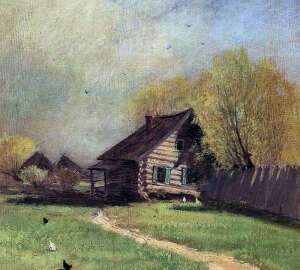

Korovin learned from Savrasov to find hidden poetry, lyrics, learned to seize and emotionally convey the sensation of life in the landscape in outwardly invisible corners of nature. The undoubted
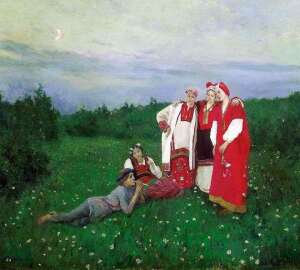
1885 was an important milestone in the work of Korovin – the artist gets acquainted with the famous patron Savva Mamonov and becomes a member of his house. The meetings
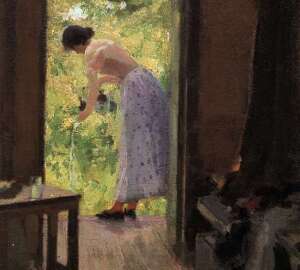
The form of the sketch, or rather, of a small picture, helped Korovin most fully express his attitude to the world, it was she who allowed the unique charm of
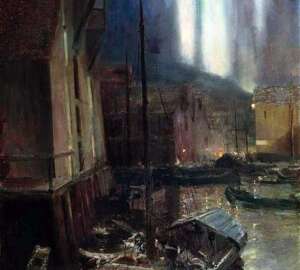
In 1894, philanthropist Savva Mamontov realized a long-planned trip to Scandinavia, where Konstantin Korovin took with him. In the “program” of this research and tourist tour, visit the northernmost cities
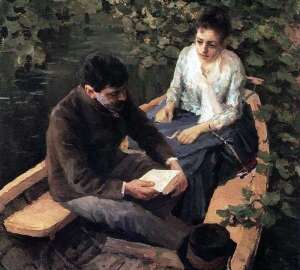
The summer of 1888 Korovin spent at his dacha with his older friend, the artist Polenov, constantly practicing in the technique of transmitting light and air space. Many of the
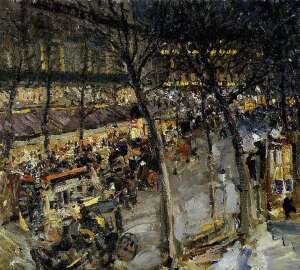
“The beauty and joy of life.” The transfer of this joy is the essence of the picture, pieces of my canvas, my self… I have no direction and no fashion
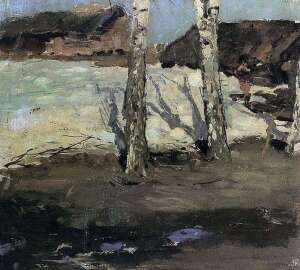
State Memorial Historical, Artistic and Natural Museum-Reserve VD Polenov, Tula Region. The last snow, like many of Savrasov’s landscapes, is full of charm and intimacy, discovered in the unspoiled corner
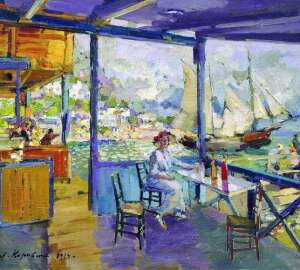
Creativity dedicated to the Crimea – a separate page in the work of Konstantin Korovin. The artist purchased a site on the shore of Gurzuf Bay, where he built a
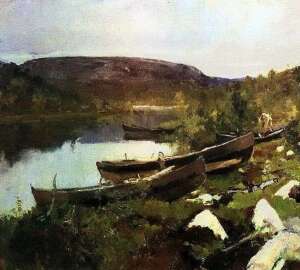
Despite the severity, the North is not empty. In all northern works Korovin depicts either people or traces of human activity. And in Winter in Lapland and in the Murmansk
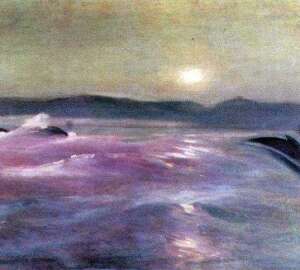
The artistic range of Konstantin Alekseyevich Korovin is extremely wide. At the beginning of his creative career, he is fond of the traditions of the Wanderers, then in Paris he
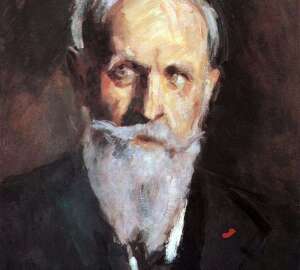
The last self-portrait of the artist is full of vivid expression. According to the depth of expressed feelings, on the confident modeling of the head it can not be said
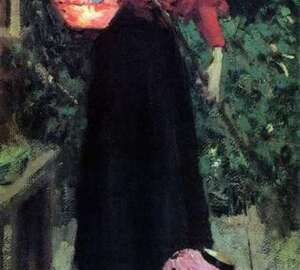
In the late 1890’s. Korovin continued to work on the sets for performances, in particular, he helped to arrange the staging of the operas of Gluck and Rimsky-Korsakov. It is
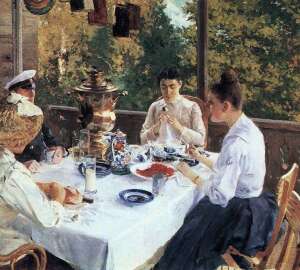
To the first truly impressionistic works of Korovin it is customary to refer, so-called, “zhukov” paintings. The cycle was named after the village of Zhukovka, where the Polenovs’ dacha was
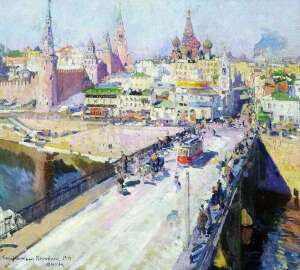
Being a native Muscovite, Konstantin Korovin nevertheless rarely depicted his native city landscapes, although, undoubtedly, he derived inspiration from this, so the painting “Moskvoretsky Bridge” can be called with certainty
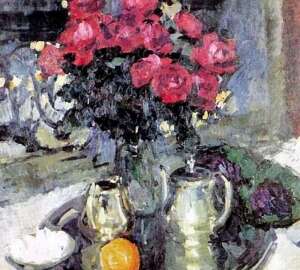
A new area of enthusiasm for Korovin in the 1910s was a still life. Undoubtedly, the attraction to the still life, which captured the art of the 1910s, did not